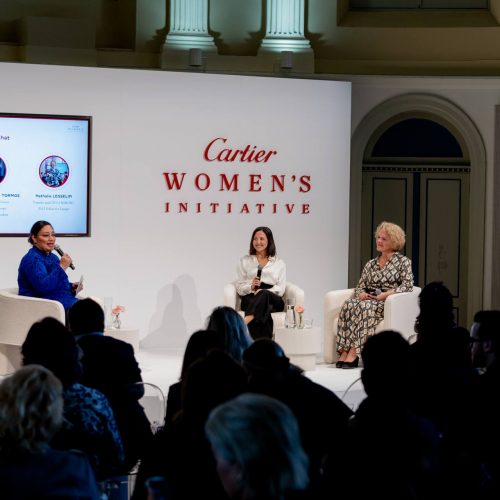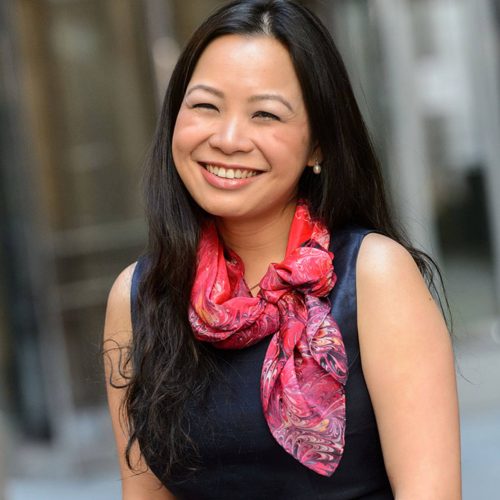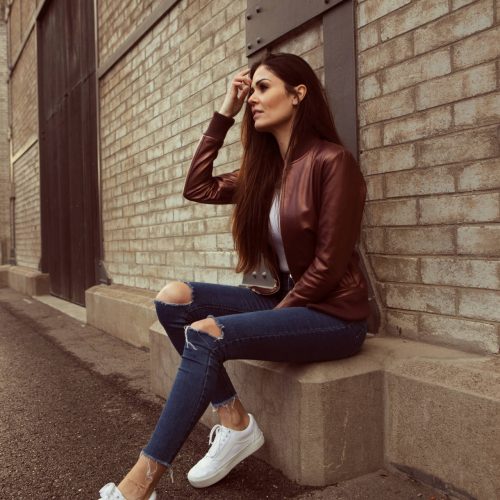Black Washing: The Latest Industry “Intention”
Under the past year of suppressed living in general, tensions have been brewing: political tensions and racial revolution has opened the world up to finally having a conversation that has been procrastinated far too long. Ideas and sentiments toward racism are being discussed in the nuanced way they deserve to be addressed. The inhumane murder of George Floyd on social media has shown us that the revolution will indeed be televised.
INDUSTRY MARKETING TRENDS
Sentiments toward race from individuals, institutions, and brands have never been more controversial than in the 21st century due to the black lives matter movement taking the world by storm. Many brands' marketing campaigns now feature more black faces than ever before; the call for change has been heard, but we must wonder about the motives for it. We have seen brands using “green-washing” to seem sustainable and even “woke-washing” to seem up to sanctimonious, social expectations. The fashion industry has always been “white-washed,” as it tends to promote mainly euro-centric views of beauty, based on the models it uses. Is it possible that brands are now “black-washing” for the wrong reasons?
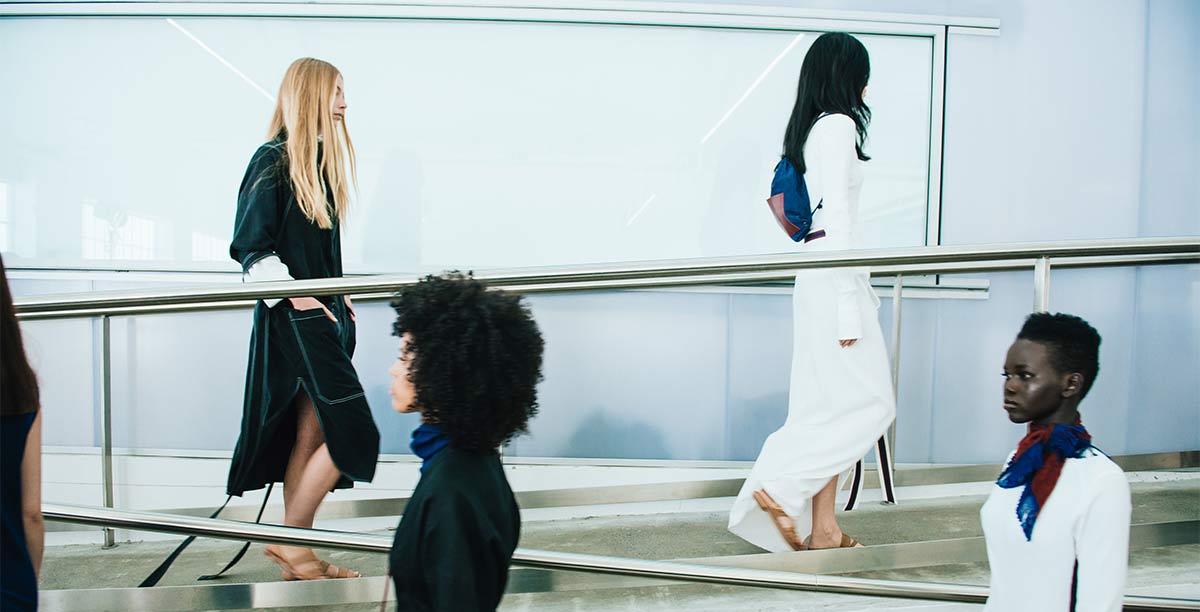
CONFLICTING NARRATIVES
A study by the fashion spot for spring 2019 found that of the 529 models featured in fashion related campaigns, 34.50% were black models. A year later at the Spring/ Summer 2020 New York Fashion Week, 47% of the runway models were black.
Fashion designer, business owner, and current university lecturer, Tolu Coker is skeptical of the recent influx of black models in fashion. In an article for the Guardian, she explains that “The recent performative disassociation from fashion’s elitist practices, by many of its gatekeepers during the Black Lives Matter protests, suggests further misunderstanding about systemic racism in fashion.”
Fashion companies' sudden switch to diversifying seems to be a branding exercise to stay relevant with the times. “Black people are underrepresented in the very industries which claim to want to make space for them,” Coker says in relation to a report by Panic! Social Class, Taste and Inequalities in the Creative Industries. The reports show that black people only make up (2.7%) of people who work at museums, galleries and libraries; just (4.2%) work in film, TV, video, radio and photography; only (4.8%) work in music, performing and visual arts.
Black people generally make up just 5% of workers in high ranking positions such as “manager, director or senior official.” Due to historical racism, black communities have a lower income bracket generally, and executive level positions, especially in fashion tend to require unpaid internships. These internships are simply not an option for people that do not come from privilege. This is a huge issue to minority and low-income communities that continue to allow people with affluent advantages to be the ones that proceed to the top of industries. The disconnect between the internal and external values of diversity in the fashion industry seems to be a semblance in order to remain relevant in the times. Diversity has been turned into a trend. After all, fashion has always been an industry of exclusivity, not inclusivity.
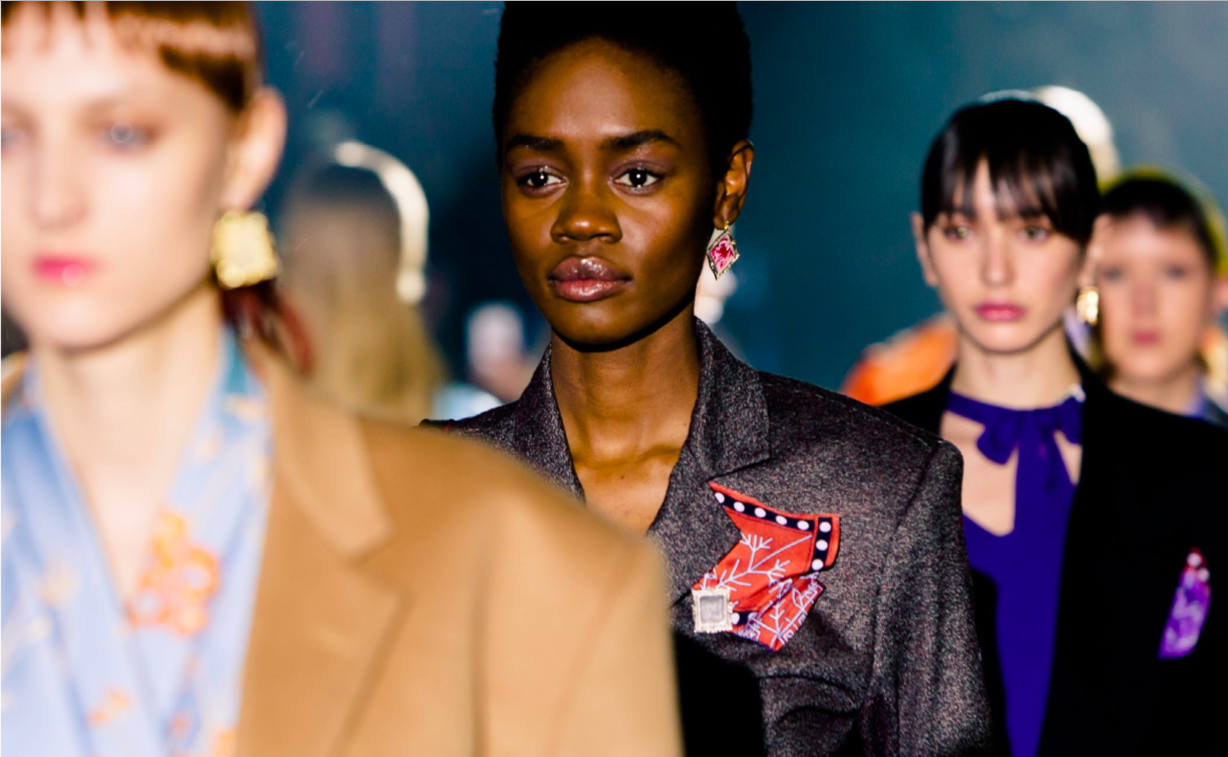
INTERNALLY EXAMINING DIVERISTY
In an article by the New York Times titled “The White Issue: Has Anna Wintour’s Diversity Push Come Too Late?," motives behind fashion's internal reaction to the black lives matter movement are analyzed; who better understands the internal workings of the fashion industry more than the iconic Anna Wintour?
In regard to Black Lives Matter, the editor of Vogue and all Conde Nast magazine titles said in an internal email, “I want to say plainly that I know Vogue has not found enough ways to elevate and give space to Black editors, writers, photographers, designers and other creators.” Despite this comment, black editors who have worked with Ms. Wintour have been skeptical. The New York Times found that eighteen out of eleven people at Vogue think Ms. Wintour should resign from her position. Eighteen employees at the company stated the type of employee Vogue seems to work with is white, thin and from an elite school network. A very narrow description to vote on, yet members of the company found it to be accurate. Currently 42% of employees at Conde Naste are black, but time will only tell how these initiatives of diversity will hold.
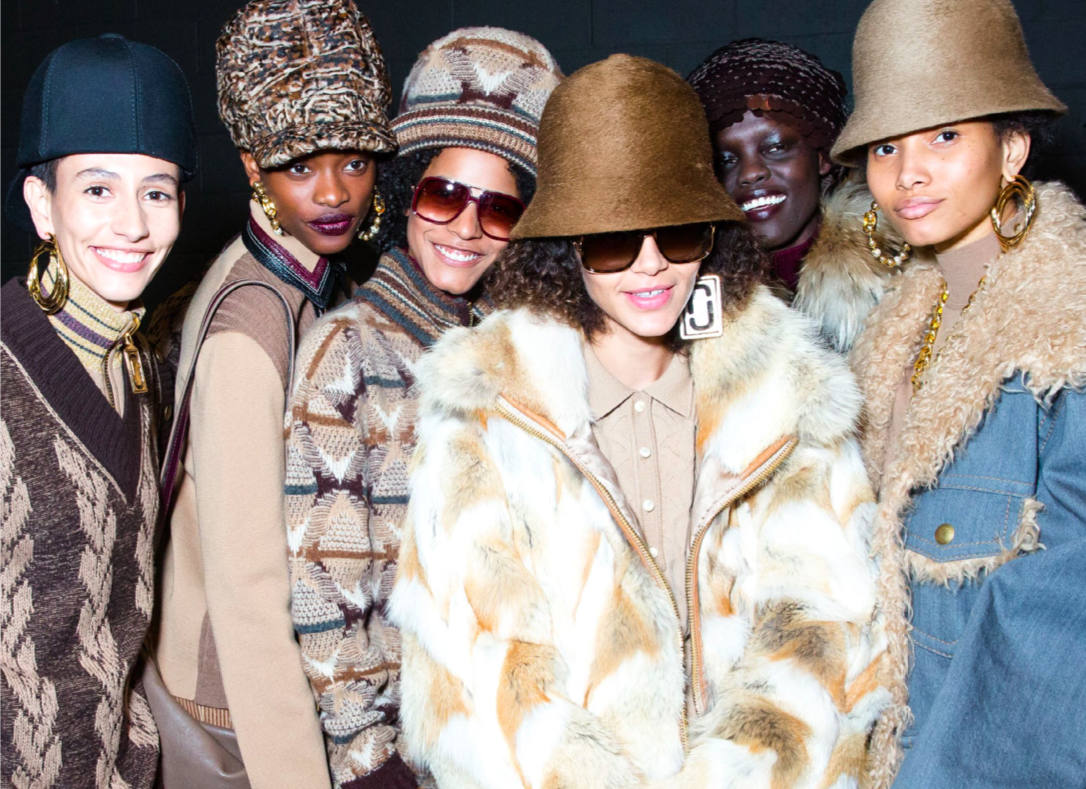

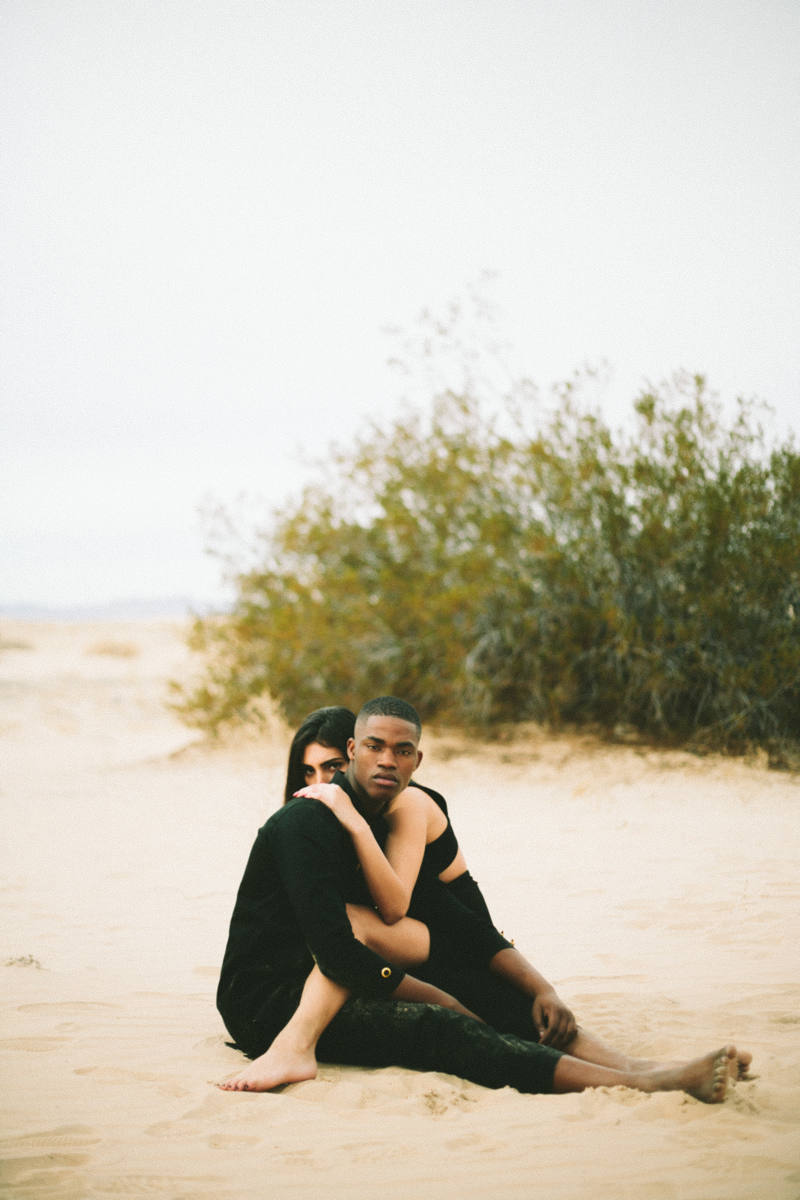
EXTERNALLY EXAMINING DIVERISTY
Data on internal diversity within the fashion industry have shown a conflicting agenda between appearance and reality. Critiques throughout the industry weigh in on the recent scramble from brands to incorporate diversity.
“Does the fashion industry have a race problem? Well, it’s so systemic and deep that it can’t even look at itself when it represents itself,” Virgil Abloh, founder of Off-White says in an article by the independent . “Nobody knows how to talk about race Abloh says “It’s so deep in our hearts, so full of different experiences.” Abloh, being of African descent himself, sets having “black talent, black people, and black people inside of my output” as a top priority.
While some understand racism from a very personal place, those who have never experienced it still don’t have any reflection toward what is happening. In an interview with the New York times, Ivan Bart of IMG models spoke of how brands are casting models at this time: “We’re telling them, ‘We understand what you want, but if you want to stay relevant, this is what you need.” Even if black models are in demand it seems that modeling agencies still must recommend them even now.
In an interview with W magazine, iconic supermodel Naomi Campbell says “I am quite over it. Is it now that we have permission to speak? Well, I have always spoken.” Calling out the industry on their exclusivity from the perspective of a black female model who has been relevant, and working in the industry since the 90s shows the tired and inherent nature of fashion following trends. Even in 1991, Campbell said in regard to white models she worked with “I may be considered one of the top models in the world, but in no way do I make the same money as any of them.”
Campbell is extremely critical especially of racism within her own country of the U.K. “No disrespect to the country I was born in, but we need to dig it up and bring it up and deal with it. No more chucking it down the sides,” Campbell said. “I’d rather have racism be right in front of my face and know what I’m dealing with, than to have it suppressed.”
THE INCLUSIVE CONVERSATION
It all comes down to intention, and the conversation surrounding that intention. The fact that brands are jumping in on the call for overdue diversity shows they are definitely not bystanders. Are some only trend-followers? Maybe. Whatever the motives on businesses marketing practices are, they have sparked a conversation that will help further the back lives matter movement, for beyond a moment.

+ Words: Isabella Cammarata, Luxiders Magazine Jr. Editor
@bellcamm_

